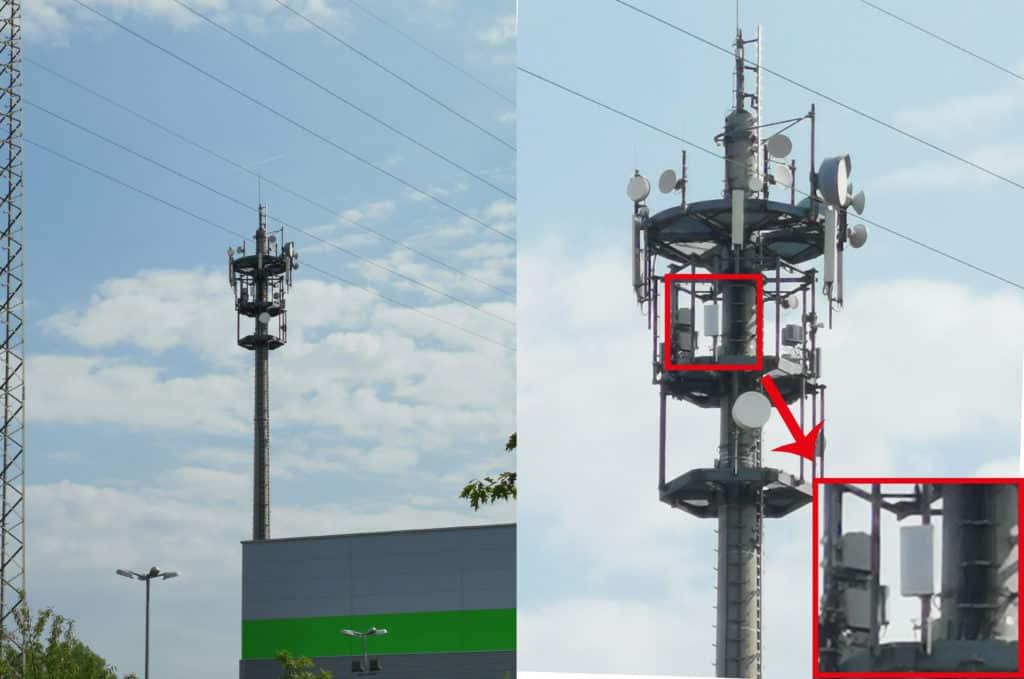If you've ever walked through a town, you may have seen tiny 5G cell towers placed on poles for street lighting. They look like small boxes however, they're actually transmitting wireless signals from cell phone providers to your phone.
These smaller towers are replacing the larger specially-designed cell towers. While they're less noticeable but they can still cause problems for people.
The of the FCC's Radiation Exposure Thresholds
The FCC's Radiation Exposure Thresholds define the maximum amount of time a person can be exposed to electromagnetic radiation from wireless devices. The limits of exposure are based on research that show that RF energy can be harmful to human health.
The specific absorption rate (SAR) is a measure of the amount of radiofrequency energy that is absorbed by tissue. It's usually 1.6 milliwatts per kilogram calculated over one Gram of tissue.
Since 5g is able to transmit at higher frequencies, it has the potential to create more energy on the skin as well as other body areas. This could lead to many potential harms, including exacerbated development of skin diseases like dermatitis, skin cancer and cataracts.
Due to the possible severe effects of 5g radiation, PSU has chosen to establish a general, localized maximum power density of four MW/cm2 measured over 1 cm2, but not to exceed 30 minutes for the entire 5G spectrum at 3000 GHz. This localized limit is in accordance with the peak SAR that is spatially averaged at 1.6 W/kg, averaged over one g of tissue at 6 GHz.
The FCC's Maximum Exposure Thresholds
In the event that you've used cell phone, you probably know that a safe distance from the tower should be at least 400 meters. This is because the power of the transmission of the cell tower is significantly increased the farther your location from the tower.

While cell phone radiation sounds like something that's good, the reality is that people living in close proximity to towers might be more prone to health problems. For example, a study from 2014 in India found that residents who lived within 50 meters of cell towers experienced significantly more health complaints than those who were far from antennas.
However, this study also showed that residents who moved to areas further away from cell towers noticed their symptoms improve within a couple of days. Another study has revealed that exposure to high frequencies of radiofrequency electromagnetic fields (EMFs) can lead to brain tumors, cancers and other health issues.
do phones give off radiation is because radiofrequency radiation, used in wireless communication can penetrate the human body's exterior layer, which is the skin. This is important to understand because the skin acts as a shield against injury to the body, infection by pathogenic microorganisms, and entry of toxic substances. The skin is the largest organ of the human body. It is accountable for maintaining the integrity of other organs.
The FCC's Minimum Exposure Thresholds for the Minimum Exposure
The FCC's Minimum Exposure Thresholds are based on various assumptions that aren't supported by evidence from science. This includes the false belief that short-term exposures RF radiation are safe due to the limited absorption into body (i.e. the heating of tissues).
This assumption does not take into account the deeper penetration of the ELF elements of modulated radio signals as well as the effects on the body of short bursts generated by RF waves that are pulsed. These assumptions do not correspond with the current understanding of biological consequences of RF radiation, and thus, they should not be used for health protective exposure standards.
Additionally there is the fact that both ICNIRP and FCC are limiting the maximum limits of exposure to peak local SARs based on the peak frequency of absorption (psSAR) that is not a reliable dosimetric instrument for determining the level of exposure to RF radiation. Particularly, psSAR is inaccurate for frequencies above 6 GHz. In addition, psSAR is not been tested for RF radiation with co-exposure to other environmental agents such like sunlight. Interactions of RF radiation with other environmental agents may result in antagonistic or synergistic effects. This would result in an increased risk of negative health adverse effects. For example, co-exposure to RF radiation with sunlight may cause an increase in the incidence of developing skin cancer, as well as aggravate other skin conditions like acne.
